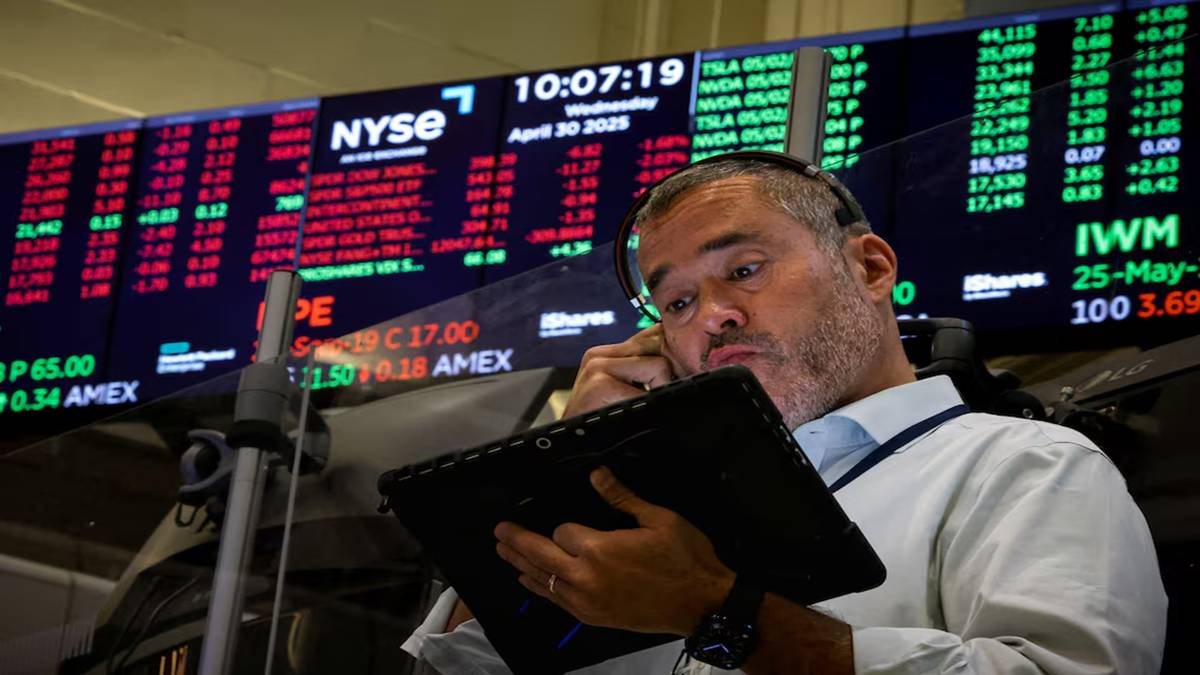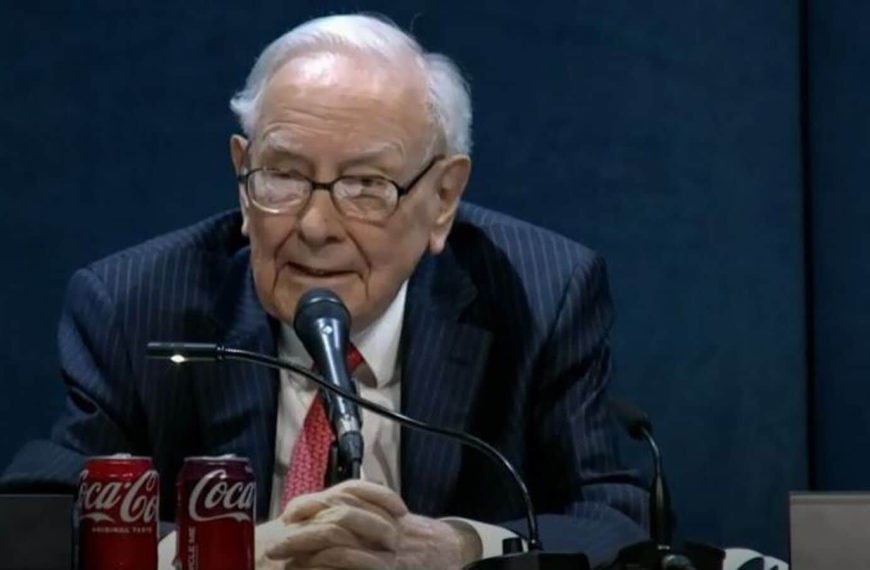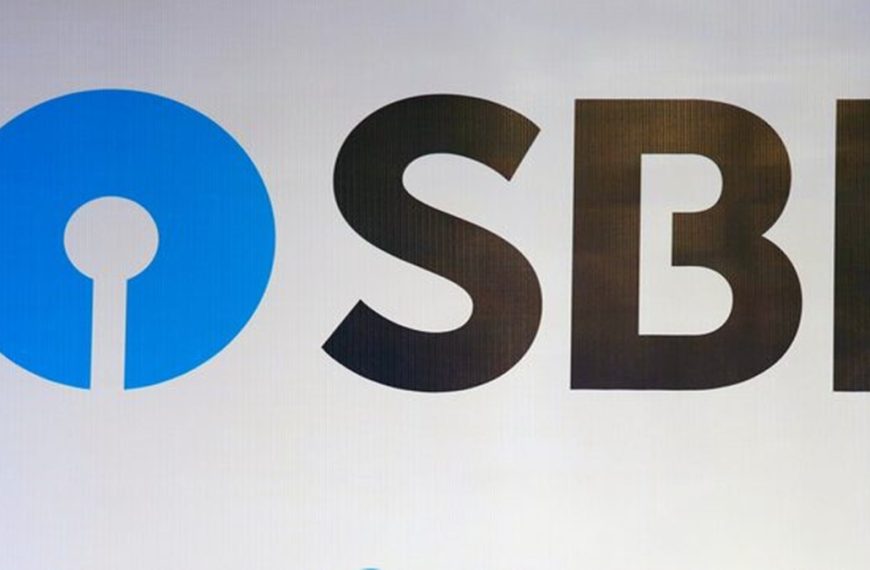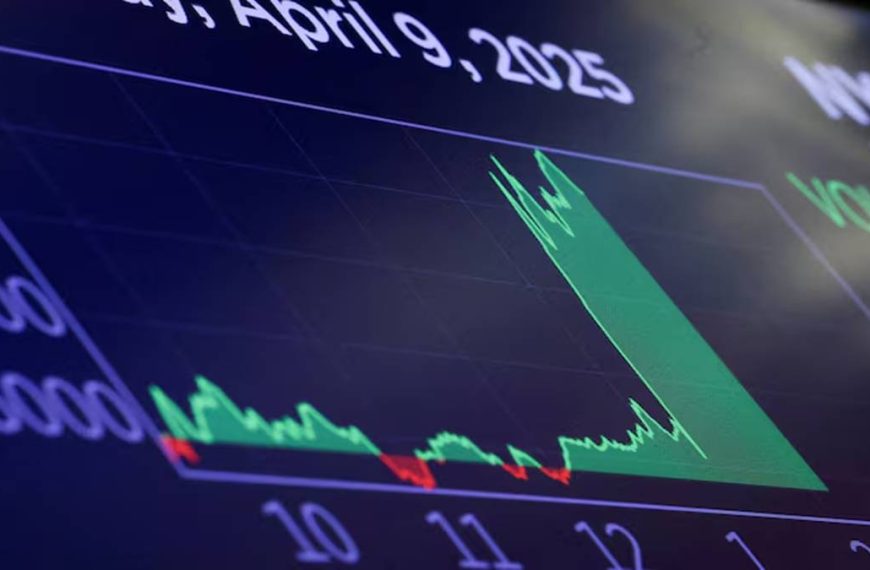Stocks on Wall Street experienced a notable rise on Friday, marking the continuation of a positive trend for the second consecutive week. This surge was driven by robust economic indicators and the possibility of reduced trade tensions between the U.S. and China. In April, the U.S. economy saw an impressive addition of 177,000 jobs, surpassing forecasts, while the unemployment rate remained stable at 4.2%. This positive news helped alleviate worries about a potential economic slowdown, especially after the Commerce Department revealed a contraction in the U.S. gross domestic product (GDP) for the first time in three years, largely attributed to tariffs leading to an influx of imports.
Economic Insights and Market Reactions
“The payroll report is certainly a positive sign for the stock market,” noted Talley Leger, chief market strategist at The Wealth Consulting Group. “However, it’s important to recognize that job growth did slow this month, which hasn’t been widely discussed.” He expressed surprise at the resilience of job creation, given that the non-farm payroll survey coincided with the announcement of tariffs. “The market seems to be interpreting this data optimistically,” he added.
Trade Talks and Market Performance
In a significant development, Beijing announced on Friday that it is reviewing an offer from Washington to engage in discussions regarding President Donald Trump’s 145% tariffs on Chinese imports. The ongoing tit-for-tat tariffs between these economic giants have kept investors on high alert, as neither side appears willing to yield in a trade conflict that has unsettled global markets. Nevertheless, Trump’s decision to roll back some tariffs has aided in the recovery of U.S. stock indexes. The S&P 500 has rebounded, gaining 0.3% since the close on April 2, when Trump announced his “Liberation Day” tariffs.
Key Market Highlights
- The S&P 500 achieved its ninth consecutive day of gains, matching a streak last seen in 2004.
- The Dow Jones Industrial Average also experienced its first nine-day winning streak since December 2023.
- Weekly performance:
- S&P 500 rose by 2.9%
- Dow increased by 3%
- Nasdaq climbed by 3.43%
On Friday, the Dow surged by 564.47 points, or 1.39%, closing at 41,317.43. The S&P 500 gained 82.54 points, or 1.47%, reaching 5,686.68, while the Nasdaq Composite rose by 266.99 points, or 1.51%, to finish at 17,977.73.
Perspectives from Market Experts
“I believe today’s market performance underscores the strength and resilience of the economy, especially amid the challenges posed by tariffs,” commented Thomas Hayes, chairman at Great Hill Capital in New York. In contrast, Apple saw its shares decline by nearly 4% after announcing a $10 billion reduction in its share buyback program. CEO Tim Cook indicated that tariffs could incur an additional $900 million in costs this quarter.
Sector Performance and Notable Stocks
Despite some losses, several key stocks known as the Magnificent Seven saw gains:
- Meta Platforms rose by 4.3%
- Nvidia increased by 2.6%
- Amazon experienced a slight dip of 0.1%
- Chevron climbed by 1.6%
- ExxonMobil saw an uptick of 0.4%
Conversely, Block faced a significant setback, plummeting 20% after it cut its profit forecast for 2025 and reported earnings that fell short of expectations.
Gaming Industry Update
In the gaming sector, Take-Two Interactive fell nearly 7% following the announcement of a delay in the release of “Grand Theft Auto VI” to May 2026. On the NYSE, advancing stocks outnumbered declining ones by a ratio of 3.81-to-1, with 144 new highs and 47 new lows recorded. The S&P 500 marked 12 new 52-week highs and 3 new lows, while the Nasdaq Composite noted 51 new highs and 38 new lows. Overall, trading volume on U.S. exchanges reached 15.99 billion shares, below the average of 19.3 billion over the last 20 sessions.
This uptick in stock performance reflects a complex blend of economic resilience and evolving trade dynamics, painting a hopeful picture for investors moving forward.











